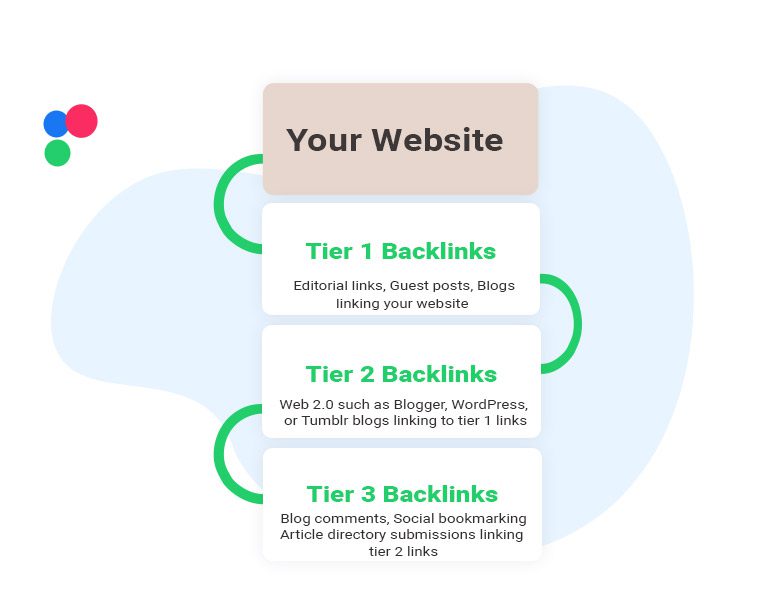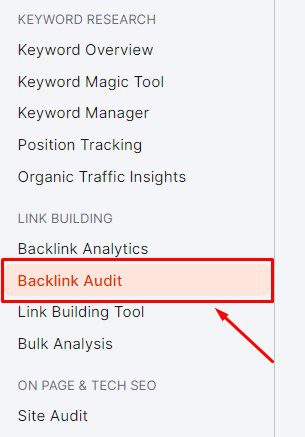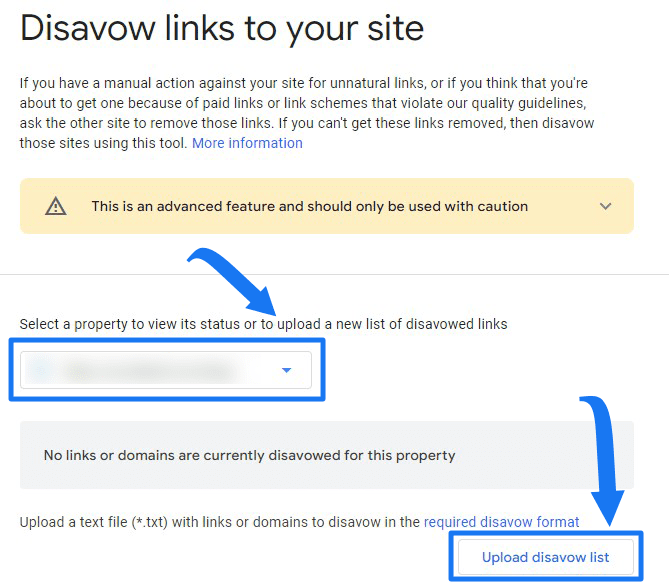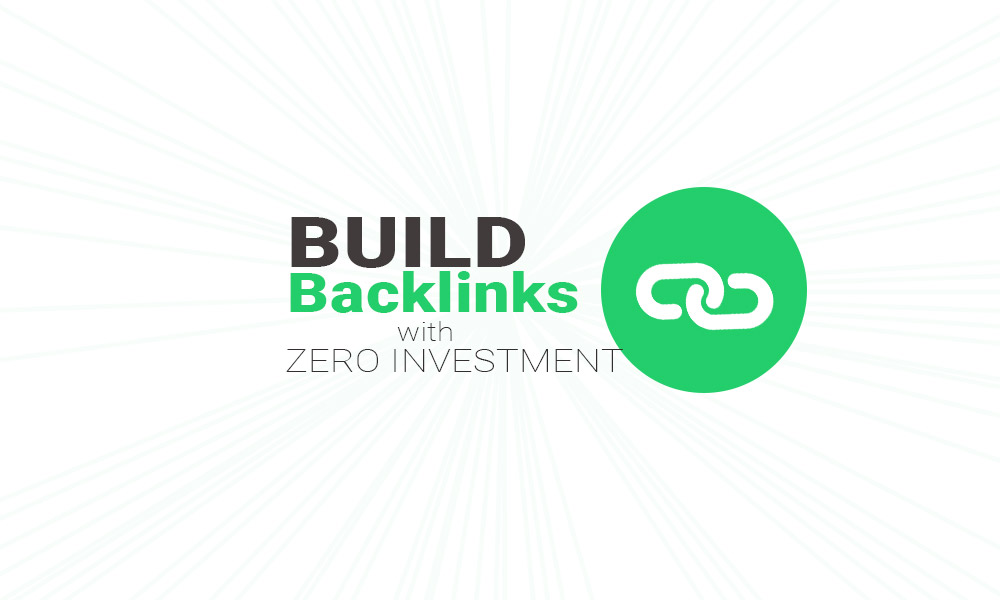In the world of online content, backlinks are the lifeblood of visibility and credibility. They’re the virtual handshakes that connect your website to the vast web of information, guiding curious users to your digital doorstep. But what if I told you that acquiring these coveted endorsements doesn’t have to drain your resources? Yes, you read that right. In this article, we’ll show you the secrets to securing high-quality backlinks without spending a dime.
What are backlinks in SEO?
Think of backlinks as endorsements or recommendations. When a reputable website links to yours, it’s like they’re vouching for your content, saying, “Hey, this site’s got good stuff!” Search engines like Google see these links as signs of trust and authority. So, the more quality backlinks you have, the better your chances of ranking higher in search results.
But not all backlinks are created equal. Just like not all party guests are equally cool, not all websites carry the same weight. Getting linked by a popular and relevant site in your niche is way more valuable than a random link from a sketchy source.
Oh, and the words used in the link (we call that anchor text) and the context around it also matter. It’s like the conversation happening at the party – if it’s relevant and interesting, it adds to the overall vibe.
So, building a solid network of quality backlinks is like being the host with the most at a happening party. It boosts your site’s credibility, attracts more visitors, and helps you climb up the search engine rankings.
What are the 3 main features of a quality backlink?

Alright, let’s break down the anatomy of a top-notch backlink!
- Relevance: Think of relevance like finding the perfect party guest who fits right in. A quality backlink comes from a website that’s in the same or a related niche as yours. It’s like having a friend recommend your vegan recipes blog to another foodie website – it makes sense and adds value.
- Authority: Think of authority as credibility. A quality backlink originates from a website that is respected and trusted in its industry or field. When a reputable source links to your content, it signals to search engines that your website is also trustworthy, which can positively impact your rankings.
- Context: Finally, let’s talk about context. Imagine if all your party guests were reading from a script – it’d feel awkward, right? Similarly, a quality backlink is naturally incorporated into the content. It’s not forced or spammy. It flows smoothly within the context of the article or webpage, making it feel like a genuine recommendation rather than a forced promotion. A contextual backlink is more likely to be seen as genuine and valuable by both users and search engines alike.
So, when you’re building your backlink strategy, keep these three features in mind. Aim for links that are relevant to your niche, come from authoritative sources, and fall within the context of the content. You can also read my other article on local SEO ranking factors. That’s the winning formula for quality backlinks that’ll boost your website’s SEO game!
How to get free SEO backlinks?
Getting free SEO backlinks requires some effort and creativity, but it is very much possible. Here are some methods to acquire free backlinks for SEO:
- Google search ‘sites that accept guest posts’ and you will find plenty of websites. Offer to write a quality article for them in return for a single backlink. Sites that are unable to post regularly may accept your offer.
- Create high-quality content for low search volume keywords. It’s easier to rank, and once you rank in the top 3 on the first page, others will naturally link to your article.
- Submit your website to online directories. Some examples include Google Maps, Apple Maps, Yelp, and Houzz.
- Visual content like infographics can be highly shareable and attract backlinks. Create visually appealing and informative infographics related to your niche and share them on your website, as well as on social media platforms like Pinterest and other image-sharing sites.
- Create basic explainer videos, upload it on Youtube with a link in your description. Youtube has a 100 DA score, a link from there even if it’s a no-follow link will do wonders.
- Create Powerpoint presentations and PDFs and upload it on sites like Slideshare and Issuu.
And that’s how you can build high-quality backlinks with zero investment.
What is an example of a good backlink?
Let’s say you run a fitness blog where you share workout routines and healthy recipes. You receive a backlink from a well-known fitness magazine’s website. This magazine has a solid reputation in the fitness industry, and their website is recognized as a reliable source of health and fitness information.
The backlink is embedded within an article discussing the benefits of different workout styles, and your blog post about effective HIIT (High-Intensity Interval Training) workouts is referenced as a recommended resource. The anchor text used in the backlink is relevant and descriptive, such as “Check out this HIIT workout guide for beginners.”
This example illustrates a good backlink that meets the criteria of relevance, authority, and context, which can positively impact your website’s rankings.
If you want to know why you should not use ChatGPT to write content, you can read it here.
What are Tier 1, Tier 2 and Tier 3 backlinks?
I have created a chart for you to understand how Tier 1, Tier 2 and Tier 3 backlinks work.

Tier 1 Backlinks
These are the highest quality and most valuable backlinks. They come from authoritative and reputable websites with high domain authority, typically directly linking to your website. Tier 1 backlinks have a direct impact on your website’s SEO performance and are considered the most desirable.
Tier 2 Backlinks
Tier 2 backlinks are not as strong or authoritative as Tier 1 backlinks. These backlinks come from websites that link to the websites in Tier 1. They indirectly support the Tier 1 backlinks by providing them with additional link juice and authority. Tier 2 backlinks can include social bookmarking sites, web 2.0 properties, or lower-tier directories.
Tier 3 Backlinks
Tier 3 backlinks are the lowest quality backlinks in this hierarchy. They are links that point to the websites in Tier 2, thus providing support to the Tier 2 backlinks. Tier 3 backlinks are often automated or generated in bulk through methods like blog comments, forum profiles, or low-quality directories. While Tier 3 backlinks may not directly impact your website’s SEO significantly, they can contribute indirectly by supporting the Tier 2 backlinks.
In short, Tier 1 is top quality, Tier 2 supports Tier 1, and Tier 3 supports Tier 2.
Which tool is best for backlinks?
There isn’t a single “best” tool for backlinks as it often depends on your specific needs, budget, and preferences. However, there are 3 popular tools that are widely used by SEO professionals and website owners for backlink analysis and management. Before you start thinking which is better Semrush or Ahrefs, here are is the list:
- Ahrefs: Ahrefs is one of the most comprehensive SEO tools available, and it’s highly regarded for its backlink analysis features. It provides detailed information about backlinks, including the number of referring domains, anchor text analysis, domain authority, and more.
- Moz Link Explorer: Moz offers a Link Explorer tool that allows you to analyze backlinks to any website. It provides metrics such as domain authority, page authority, and spam score for backlinks, helping you assess their quality.
- SEMrush: SEMrush is another popular SEO tool that offers backlink analysis features. It provides information about backlinks, including referring domains, anchor text distribution, and more. SEMrush also offers competitive analysis tools to compare your backlink profile with competitors.
What are bad(toxic) backlinks?
Bad backlinks, also known as low-quality or toxic backlinks, are links from websites that are considered spammy, irrelevant, or low in authority. These types of backlinks can harm your website’s SEO efforts rather than help them. Here are some characteristics of bad backlinks:
- Irrelevant Sources: Backlinks from websites that are not related to your site’s niche or content are considered irrelevant. For example, if you run a technology blog and receive backlinks from a gambling website, these links would be irrelevant and potentially harmful.
- Low Authority or Spammy Websites: Backlinks from websites with low domain authority, poor reputation, or known for spammy practices are considered bad backlinks. These sites may have been penalized by search engines or engage in black hat SEO techniques.
- Paid Links: Backlinks obtained through paid link schemes or link exchanges solely for the purpose of manipulating search engine rankings violate search engine guidelines and are considered bad backlinks. Though, it’s widely used practice and yields good results if done correctly.
- Unnatural Anchor Text: Backlinks with overly optimized or irrelevant anchor text that does not naturally fit within the context of the content can raise red flags to search engines and be considered bad backlinks.
- Link Farms and PBNs: Backlinks from link farms, private blog networks (PBNs), or other link schemes designed to artificially inflate the number of backlinks to a website are considered bad backlinks and can lead to penalties from search engines.
- Forum and Blog Comment Spam: Backlinks obtained through spammy forum posts, blog comments, or guestbook entries with irrelevant or low-quality content are considered bad backlinks.
Overall, bad backlinks can have a negative impact on your website’s SEO performance and may result in penalties from search engines. It’s important to regularly monitor your backlink profile and disavow or remove any bad backlinks to maintain a healthy link profile and improve your website’s search engine rankings.
You may also like to read: How to use ChatGPT for SEO
How to find toxic backlinks and disavow them using Semrush?

You can use Semrush to find toxic backlinks and also check the toxicity score of your website.
You can do this even if you have a free Semrush account.
Step 1: Login or Sign up on Semrush.
Step 2: Go to domain overview, enter your website address and hit the “Search” button (as shown in the screenshot below).

Step 3: On the left under the Link Building option you can see “Backlink Audit” click on it.

Step 4: Click on the Audit tab (as shown in the screenshot below)

Now you can filter backlinks (referring domains) using the Toxicity Score. There are 3 options, backlinks with 60-100 Toxic Score, 45-59 Potentially toxic and 0-44 Non-toxic. Select 60-100 which we know for sure that they are bad backlinks with the highest toxic score.

Step 5: On top right (see the screenshot), click on the export CSV icon to get an excel file of all the backlinks from toxic domains. Copy all the domains to a notepad and save it or you can go to the Disavow tab and export the file as .txt because you will need a .txt file to complete the next step.

With the list of all the toxic backlinks in hand, it’s time for you to disavow all these spammy links so that you can avoid Google penalizing your website. Follow the below steps to disavow toxic backlinks.
Go to https://search.google.com/search-console/disavow-links

Select your domain and upload the disavow .txt file. And that’s it, you have successfully disavowed toxic backlinks.
Keep auditing your backlinks and repeat this process every 3 months to keep your website’s toxicity score low.

